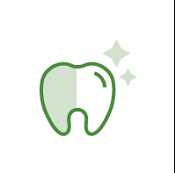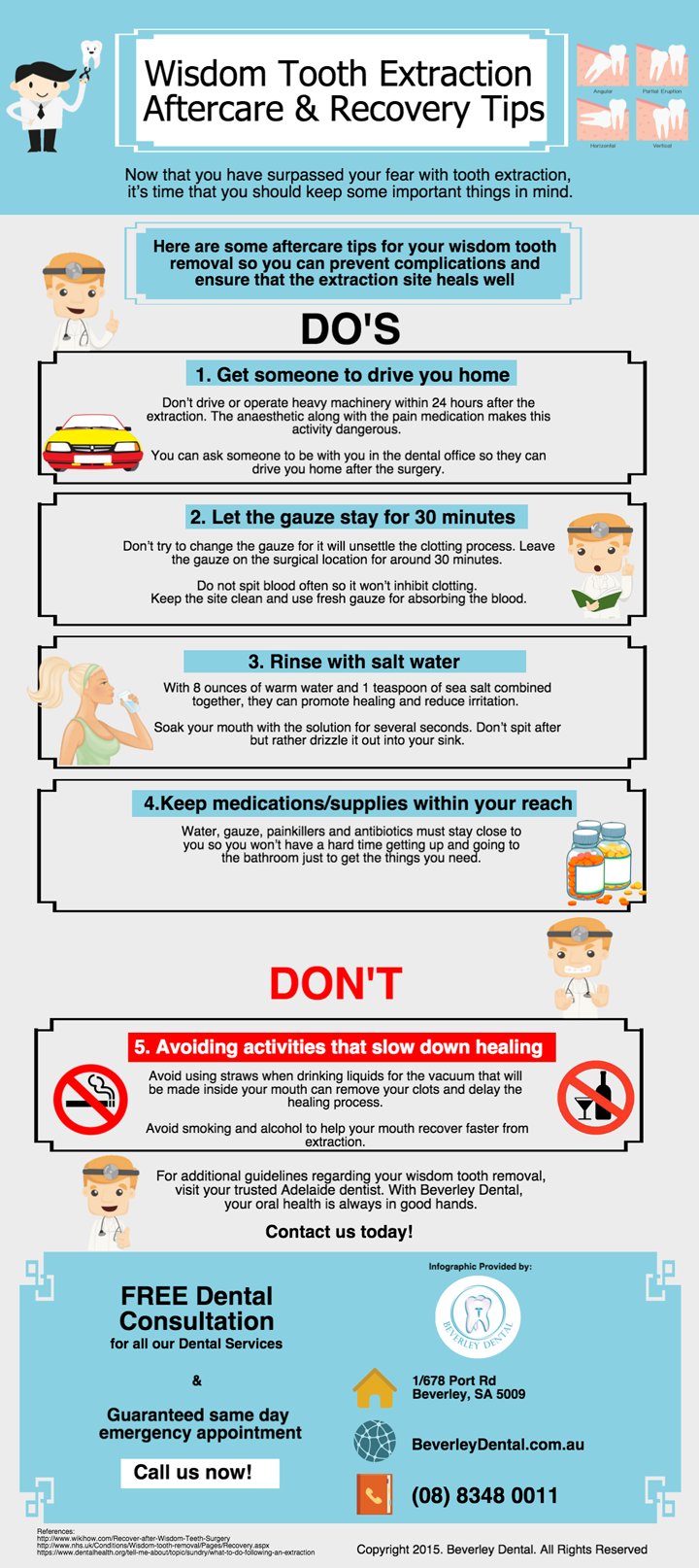Introduction
Wisdom tooth extraction is a common dental procedure performed to remove the third molars, also known as wisdom teeth. These teeth typically erupt between the ages of 17 and 25, and often cause various dental issues due to their late arrival and limited space in the mouth. This article will provide an in-depth understanding of the procedure, recovery process, and essential aftercare tips for a successful wisdom tooth extraction.
Procedure
The wisdom tooth extraction procedure is typically performed by a dentist or an oral surgeon. Here are the steps involved:
1. Initial Examination
Prior to the extraction, the dentist will conduct a thorough examination of your mouth and take X-rays to evaluate the position and condition of your wisdom teeth. This helps determine the best approach for extraction.
2. Anesthesia
Before the procedure begins, the dentist will administer local anesthesia to numb the area around the tooth. In some cases, general anesthesia may be used, especially if multiple teeth are being extracted or if the patient prefers to be unconscious during the procedure.
3. Extraction
The dentist will then proceed with the extraction. If the tooth has fully erupted, it can be easily removed using forceps. However, if the tooth is impacted or partially erupted, a small incision may be made in the gum to access the tooth. In some cases, the tooth may need to be divided into smaller pieces for easier removal.
4. Stitches
After the tooth is extracted, the dentist may place dissolvable stitches to promote proper healing of the surgical site. These stitches will typically dissolve on their own within a week or two.
Recovery
Proper recovery after wisdom tooth extraction is crucial to minimize discomfort and complications. Here are some important points to keep in mind:
1. Bleeding
It is normal to experience some bleeding after the extraction. Bite down on a gauze pad placed over the extraction site to control bleeding. Replace the gauze as needed and avoid excessive spitting or rinsing, as it may prolong bleeding.
Summary
Wisdom tooth extraction is a necessary procedure for many individuals to alleviate pain, prevent dental issues, and maintain oral health. The process involves the careful removal of one or more wisdom teeth, which are the last set of molars to emerge in the mouth. The extraction is typically performed by a dentist or oral surgeon under local anesthesia or sedation. After the procedure, proper recovery and aftercare are crucial to minimize discomfort, reduce the risk of complications, and promote healing. This blog post will guide you through the entire process, from the procedure itself to the necessary st see post eps for a successful recovery. By following the provided aftercare tips, you can ensure a smooth healing process and maintain optimal oral health.
- Q: What is wisdom tooth extraction?
- A: Wisdom tooth extraction is a surgical procedure to remove one or more wisdom teeth, also known as third molars, which are the last teeth to erupt in the mouth.
- Q: How is the wisdom tooth extraction procedure performed?
- A: The procedure is typically performed by a dentist or oral surgeon. It involves making an incision in the gum tissue, removing any bone that blocks access to the tooth, and then extracting the tooth. Stitches may be used to close the incision.
- Q: What can I expect during the recovery period?
- A: After the procedure, you may experience swelling, discomfort, and some bleeding. It is normal to have difficulty opening your mouth fully and to experience mild to moderate pain. These symptoms usually improve within a few days.
- Q: How long does it take to recover from wisdom tooth extraction?
- A: The recovery period varies from person to person, but it typically takes about a week to fully recover. Most people can resume their normal activities within a few days.
- Q: What should I do to take care of the extraction site?
- A: It is important to keep the extraction site clean to prevent infection. Follow your dentist’s instructions on how to care for the area, which may include gently rinsing with saltwater, avoiding certain foods, and practicing good oral hygiene.
- Q: Are there any potential complications or risks associated with wisdom tooth extraction?
- A: Like any surgical procedure, there are risks involved with wisdom tooth extraction. These may include infection, dry socket, nerve damage, and damage to nearby teeth. However, complications are rare and can be minimized by following your dentist’s instructions.

Welcome to my website! My name is Jonathan Northcote, and I am a dedicated and experienced Dental Technician specializing in Dental Beautification, Wisdom Tooth Extraction, and Teeth Grinding Solutions. With a passion for creating beautiful smiles and improving oral health, I am committed to providing exceptional dental care and solutions to my patients.

